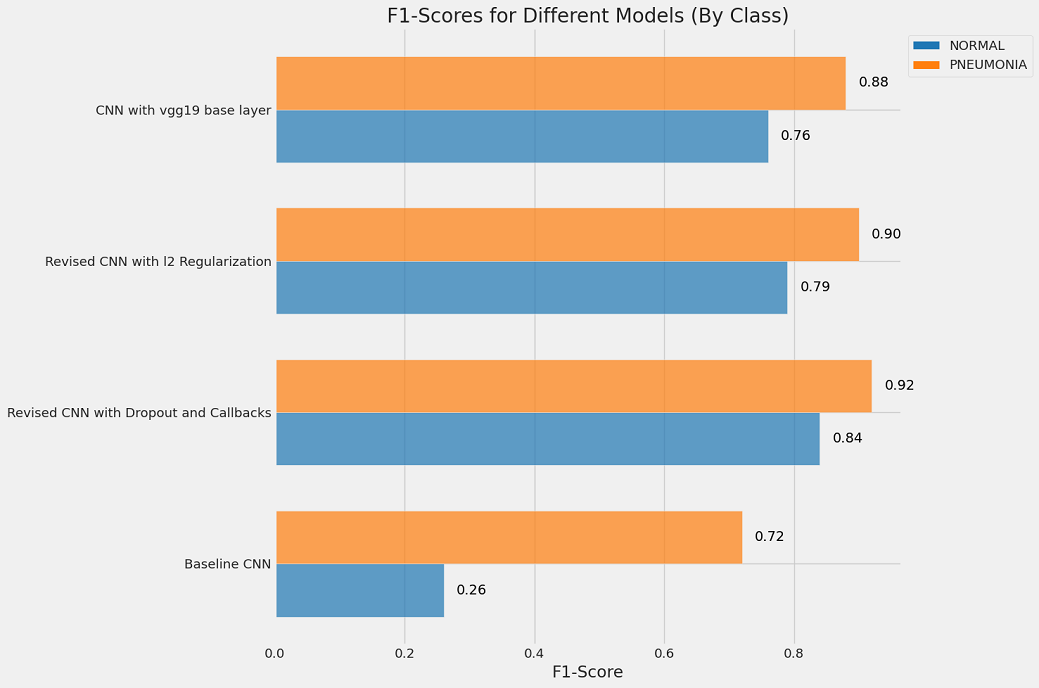- Stakeholder: Zephyr Health
- Business Case: I am a new data analyst on the Data Analytics team and have been tasked with building a model to classify whether a given patient has pneumonia given a chest x-ray.
Project Details
The objective is to build a robust deep learning model using convolutional neural networks (CNNs) to accurately classify images into predefined categories. The model will be trained on a diverse dataset containing images from different domains.
Project Requirements
Data Collection and Cleaning:
- Source a diverse dataset with images relevant to the classification task, ensuring data quality and diversity.
- Apply preprocessing techniques such as resizing, normalization, and augmentation to prepare the data for model training.
- Document the data collection and preprocessing steps for transparency and reproducibility.
Model Architecture and Training:
- Design and implement a convolutional neural network (CNN) architecture suitable for the image classification task.
- Train the model on the preprocessed dataset, utilizing techniques like transfer learning and fine-tuning for optimal performance.
- Document the architecture and training process for easy replication.
Evaluation and Performance Metrics:
- Evaluate the model’s performance using appropriate metrics such as accuracy, precision, recall, and F1-score.
- Conduct in-depth analysis of model predictions and misclassifications to identify areas for improvement.
- Compare the model’s performance with baseline approaches or existing solutions.
Deployment and Integration:
- Deploy the trained model in a production environment, ensuring it can handle real-time classification tasks.
- Provide clear instructions on how to use the deployed model and integrate it into applications or systems.
Documentation and Codebase:
- Provide comprehensive documentation explaining the model architecture, data sources, and training techniques used in the project.
- Ensure the codebase is well-organized and well-documented for easy understanding, replication, and further development.
- Follow best practices for code readability, efficiency, and maintainability.
Reproducibility and Open Access:
- Structure the repository to enable easy replication of the model training and evaluation process.
- Include clear instructions on obtaining and preprocessing the necessary data for the classification task.
- Ensure the repository and its contents are publicly accessible, promoting open access to the model and code.
Collaboration and Feedback:
- Welcome contributions from the open-source community for enhancements, bug fixes, and additional experiments.
- Provide guidelines and instructions for contributing, ensuring a smooth collaborative process.
- Engage with users, address inquiries, and consider feedback to improve the repository and the model’s performance.
- Respect privacy regulations and data protection policies while handling sensitive information.
By adhering to these project requirements, the “Image Classification with Deep Learning” repository will serve as a valuable resource for researchers, developers, and practitioners interested in deploying deep learning models for image classification tasks.

